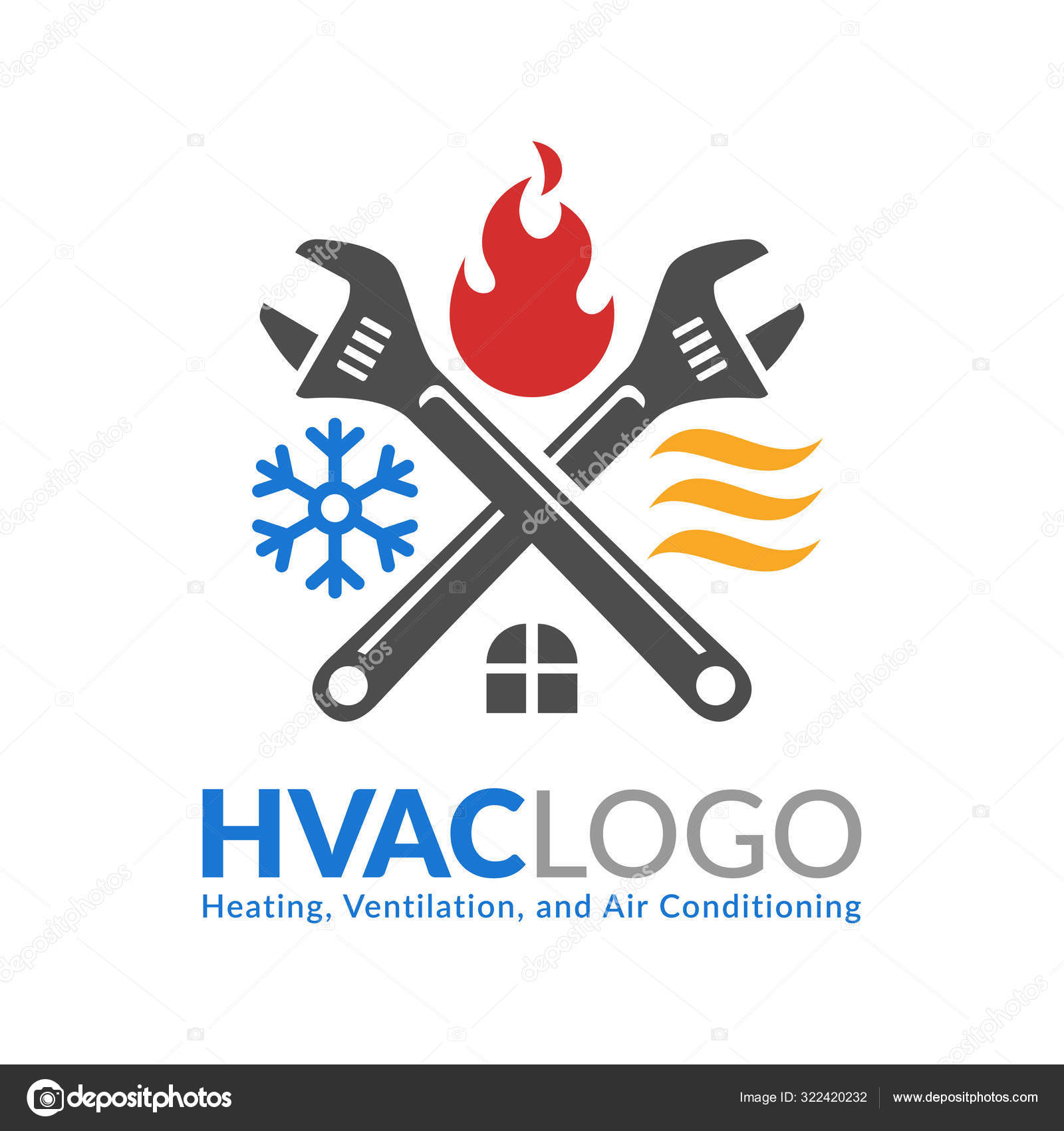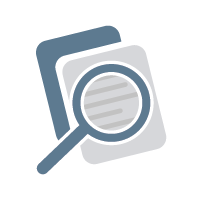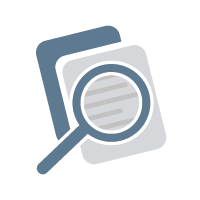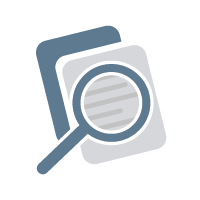Information
-
Client
-
Conducted on
-
Prepared by
-
Location
Air Conditioner
-
Check and adjust thermostat.
-
Check the condenser coil to determine if it needs cleaning.
-
Check all wiring and connections to controls and electrical connections.
-
Check blower belt wear, tension & adjust.
-
Check voltage & amperage draw on all motors with meter.
-
Check compressor contactor.
-
Visually inspect compressor and check amp draw.
-
Check start capacitor & potential relay.
-
Check pressure switch cut-out setting.
-
Replace air filter or clean reusable type filter.
-
REFERENCE: Reusable type filter
[This is an example of how you can use iAuditor to include best practice reference images in your templates to assist with inspections] -
Install gauges & check operating pressures.
-
Check refrigerant (freon) level and advise if adjustments necessary.
-
Check condensate drain and pan then advise of any discrepancies.
-
Check expansion valve & coil temperatures.
-
Lubricate parts as needed.
-
Check evaporator coil and advise if dirty or if it needs cleaning.
-
Check the shape that the total system is in and advise customer of discrepancies.
Heat Pump
-
Check and adjust thermostat.
-
Check to make sure that the indoor & outdoor units turn on.
-
Check refrigerant (freon) level.
-
Check compressor amp draw.
-
Check crankcase heater if compressor has one installed.
-
Check defrost controls.
-
Check reversing valve operation.
-
Check coil temperature.
-
Check condensate drain and pan then advise of any discrepancies.
-
Perform visual inspection of ductwork and make notes regarding discrepancies.
-
Check the shape that the total system is in and advise customer of discrepancies.
Electric Heater
-
Check and adjust thermostat.
-
Check to make sure that the indoor unit turns on.
-
Replace the air filter or clean if reusable type.
-
Check bearings & lubricate blower motor if needed.
-
Check blower belt, wear, tension & adjust as needed.
-
Check evaporator coil to determine if it needs cleaning.
-
Check voltage to unit.
-
Check amp draw on motor.
-
Check amperage draw on each element.
-
Check total amperage draw on elements.
-
Check heat sequencer.
-
Check electrical wiring and connections.
-
Check temperature rise.
-
Check supply temperature.
-
Check heat anticipator.
-
Perform visual inspection of ductwork and make notes regarding discrepancies.
-
Check the shape that the total system is in and advise customer of discrepancies.










